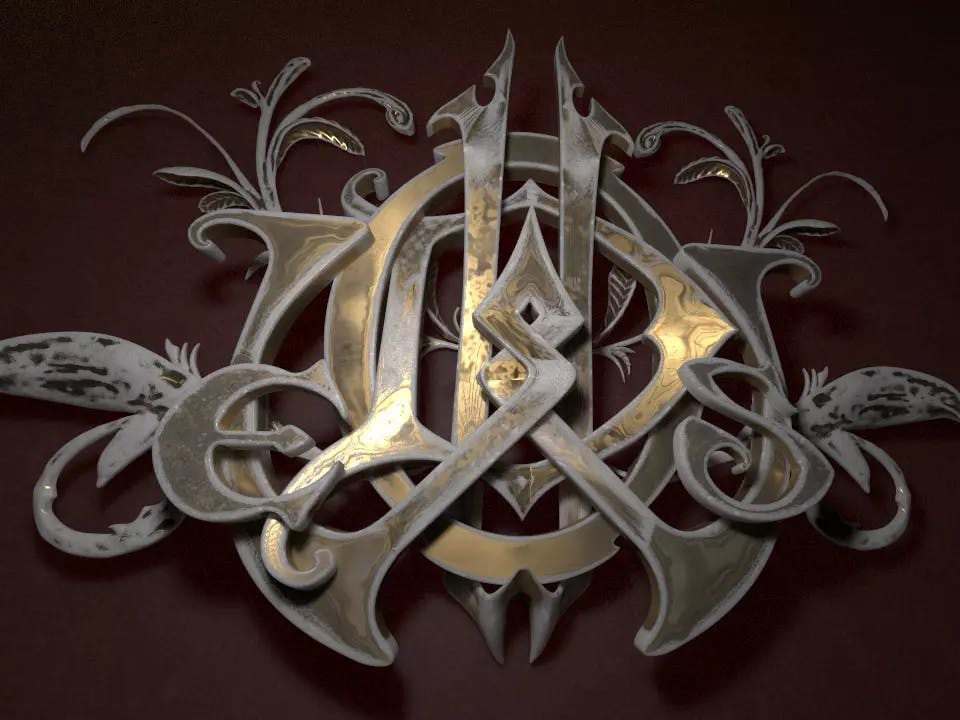
Scott Douwes
Graphic Designer
3D
Animator
I took illustration classes while I was in college, both for free-hand and digital work using Illustrator. The classes helped me get introduced to the process and the basics of the software, but I can't say that they fully prepared me. Most of my learning happened in the early years of my career by trial and error.
During the first 10-15 years of my career, art directors were typically expected to manage the overall design process, encompassing UI and animation. But today, from my POV designers tend to be more siloed in specific roles, whether it pertains to UX/UI, product, interaction, or graphic design.
I started my career as a digital designer at a small B2B agency called Stein Rogan, which is now known as Stein IAS based in NYC. The agency had a strong focus on digital, which provided me with an opportunity to enhance my skills in Flash and light HTML dev. Over time, I was promoted to Senior Art Director, where I was responsible for Flash animation/dev and the supervision of freelance designers and animators. Working through the entire creative process, from concept to completion, for both digital and print projects, sometimes simultaneously, was an invaluable experience that provided a solid foundation for launching my career.
From my recollection, the first large project that I worked on was for a now-defunct I.T. company called Tacit Networks when I first landed at Stein Rogan. I started off getting to work on the brand guidelines, followed by the redesign of their website along with designing and animating a series of banners.
As a kid, I always wanted to be a video game designer or work on animated movies. However, during my college years, a few professors warned me that at the time, both industries were extremely difficult to break into. They suggested that I could still be creative and have more opportunities in advertising. There was also a lot of hype about this shiny new technology called the internet which seemed to have a lot of potential for career prospects.
First, understand the brand's values and goals, and ensure they're always present as guidelines evolve.
I would start by using a modular design approach, which involves creating a flexible grid system that can adjust to different screen sizes and orientations. This will help maintain a consistent look and feel of the brand, even as it evolves. To achieve this, I would lean heavily into variable components, design tokens, and scalable type-set style sheets that can be easily updated. Additionally, I would create a comprehensive and well-documented component library with an intuitive and consistent design language to ensure the system is flexible and always remains on brand.
Throughout the design process, I would collaborate closely with other designers and developers involved in the project. Once the foundation of the design system is complete and the initial rounds of testing and prototyping are in a good place, I would share the work with the remaining stakeholders and try my best to be flexible to their feedback.
I do enjoy spending some time in the initial stages doing design, UX/UI research, and creating mood boards. Not going to lie, I do waste a considerable amount of time on Pinterest, but I find it helpful in gaining a more personal perspective on how others appreciate design aesthetics and experiences related to the category I'm working in. It also helps to get a broad idea of what's already been done, what the competition is doing, and what works well.
In addition to that, I try my best to collaborate with as many colleagues as I can throughout the entire process. The goal is always to create compelling work, but if that ends up not being the case, I can simply blame it on it being a group effort.
Depends on the mood. Some days I'm Iron Man, other days I'm Garfield.
Have a thick skin and don’t take anything personally.
First, understand the brand's values and goals, and ensure they're always present as guidelines evolve.
I would start by using a modular design approach, which involves creating a flexible grid system that can adjust to different screen sizes and orientations. This will help maintain a consistent look and feel of the brand, even as it evolves. To achieve this, I would lean heavily into variable components, design tokens, and scalable type-set style sheets that can be easily updated. Additionally, I would create a comprehensive and well-documented component library with an intuitive and consistent design language to ensure the system is flexible and always remains on brand.
Throughout the design process, I would collaborate closely with other designers and developers involved in the project. Once the foundation of the design system is complete and the initial rounds of testing and prototyping are in a good place, I would share the work with the remaining stakeholders and try my best to be flexible to their feedback.